Dollar and Yen remain the weakest one for today at the time of writing. Markets are anticipating some sort of announcement from the US on tariffs on Chinese goods. But, other than a hollow tweet from Trump, nothing happened so far. European majors are the strongest one, led by Sterling, while New Zealand slipped in the second place. A lot of headlines flow through regarding Brexit but they’re generally positive ones. After all, the picture could change a lot if the tariff announcement finally comes.
Technically, USD/CHF, GBP/USD and GBP/JPY have already resumed recent move. That is, USD/CHF is extending the fall from 1.0067. GBP/USD and GBP/JPY are extending recent rise from 1.2661 and 139.88 respectively. Euro is left behind with EUR/USD and EUR/JPY stuck in range.
In other markets, US indices are trading mildly softer. NASDAQ is down -0.79% at the time of writing. But S&P 500 is down -0.27% and DOW is down -0.09% only. European indices closed slightly lower with FTSE down -0.03%, CAC down -0.07%. DAX was the biggest loser but it closed down merely -0.23%. Gold is back above 1200 but is kept well below 1214.30 near term resistance. Nonetheless, as it rebounds off 1187.58 support, near term outlook is kept bullish.




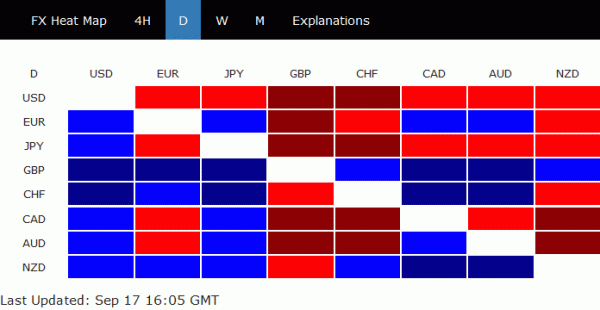
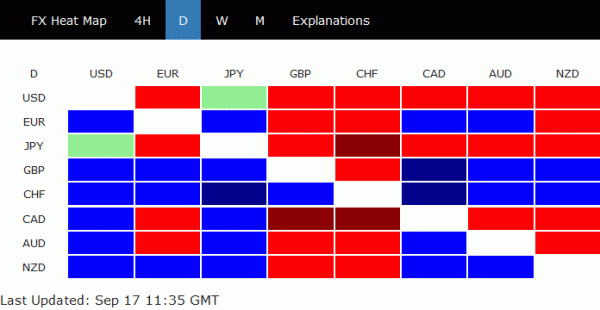
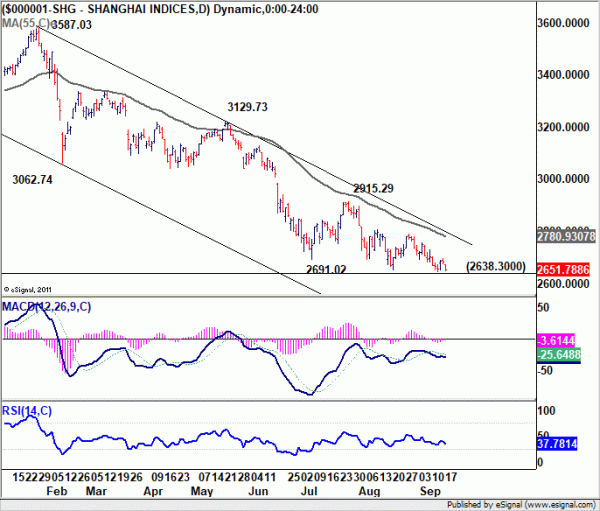
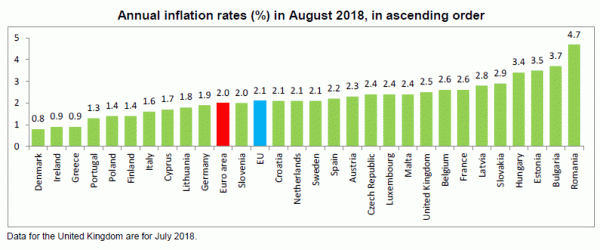
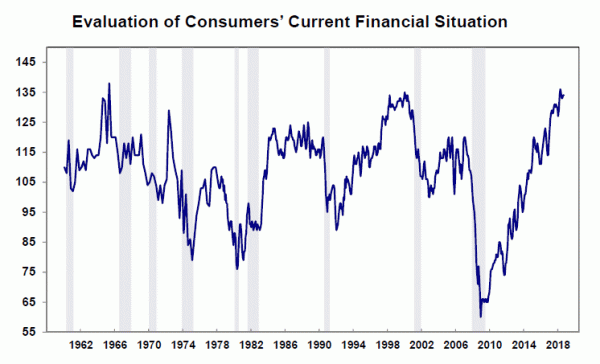
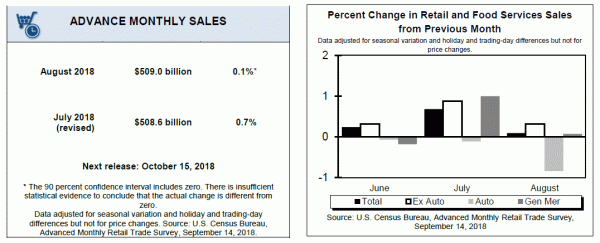

USTR announced 10% tarrifs on Chinese imports, to increase to 25% on Jan 1 2019
US Trade Representative finally announced the tariffs on USD 200B of Chinese imports, effective September 24, 2018. The initial tariff rate is 10%. Staring January 1, 2019, the tariff rate will be increased to 25%. The list of products covers 5745 lines of the original 6031 lines proposed back in July 10. 297 lines were fully or partially removed from the list. Products include consumer electronics, certain chemical inputs for manufactured goods, textiles and agriculture; certain health and safety products such as bicycle helmets, and child safety furniture such as car seats and playpens.
The tariffs were part of the follow-up actions on Section 301 investigations. China’s unfair trade practices were repeated in the statement. These include, forced technology transfer, depriving UA companies to set market based terms in negotiations, unfairly facilitating systematic investment in acquisition of US technology companies, and cyber intrusions to US commercial computer networks for valuable business information.
Trump warned in a statement that new round of tariffs on around USD 267B of additional imports will be pursued if China retaliates. He added that “we have been very clear about the type of changes that need to be made, and we have given China every opportunity to treat us more fairly.” “But, so far, China has been unwilling to change its practices.”